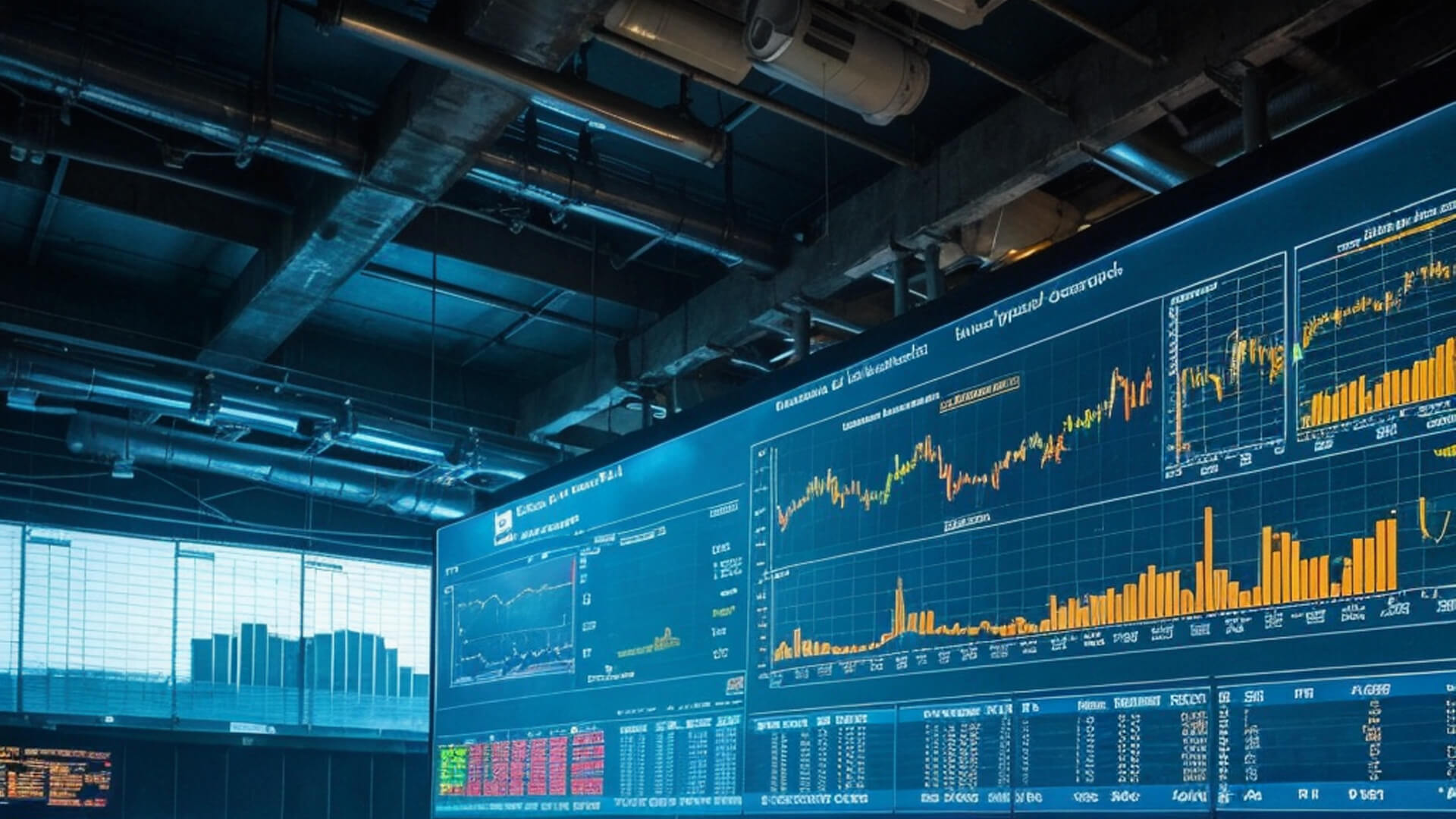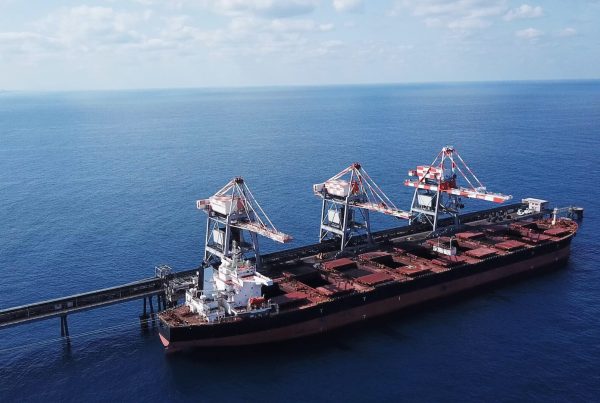In recent years, the global economy has been subject to significant fluctuations, driven by an array of factors including geopolitical tensions, supply chain disruptions, and unprecedented fiscal and monetary policies. Amid these dynamics, a pertinent question has emerged among investors, analysts, and policymakers: Are we entering a new commodities supercycle? This article delves into the concept of a commodities supercycle, examines historical precedents, evaluates current market conditions, and provides a forecast based on extensive analysis.
Understanding Commodities Supercycles
A commodities supercycle is a prolonged period, typically spanning decades, during which commodities experience sustained price increases. These cycles are driven by structural shifts in demand and supply, often linked to major economic transformations such as industrialization, urbanization, or technological advancements. Historically, supercycles have been characterized by a broad-based rally in commodity prices, encompassing metals, energy, and agricultural products. Key drivers include significant and sustained increases in demand, often from rapidly growing economies; limitations in supply due to resource depletion, regulatory changes, or geopolitical factors; and inflationary pressures, where loose monetary policies and fiscal stimulus lead to inflation, which in turn boosts commodity prices as a hedge.
Historical Context
To understand the potential for a new supercycle, it is essential to review past instances. The post-World War II boom, spanning the 1940s and 1950s, saw the reconstruction of Europe and Japan coupled with the industrialization of the United States, leading to a surge in demand for raw materials. The 1970s commodities boom was driven by oil shocks, rapid industrialization in Asia, and inflationary pressures. More recently, the 2000s supercycle was fueled by China’s explosive economic growth and urbanization, leading to unprecedented demand for commodities. Each of these periods was marked by a combination of demand shocks and supply constraints that created sustained upward pressure on commodity prices.
Current Market Conditions
Demand Factors
Emerging markets continue to play a pivotal role in driving global commodity demand. Countries like China, India, and other developing nations are undergoing rapid urbanization and industrialization, which require substantial amounts of raw materials. This urbanization is not only reshaping cities but also creating massive infrastructure projects that increase the demand for metals, cement, and energy. Additionally, the global shift towards renewable energy and electric vehicles is significantly impacting the demand for specific metals. Lithium, cobalt, and copper are essential components in batteries and electrical systems, and as the world moves towards a greener future, the demand for these metals is expected to soar.
The post-pandemic economic recovery is another critical factor driving commodity demand. Governments around the world have implemented extensive fiscal stimulus measures to revive their economies. These measures often include large-scale infrastructure projects, which boost the demand for construction materials and energy. Moreover, consumer spending is rebounding as economies reopen, further increasing the demand for a broad range of commodities.
Supply Constraints
On the supply side, several factors are contributing to the current constraints. Resource depletion is becoming a significant issue for many commodities. As easily accessible reserves are exhausted, the cost of extraction increases, and new discoveries are often in more challenging or politically unstable regions. This dynamic limits the ability to quickly ramp up supply in response to rising demand.
Geopolitical risks also play a critical role in supply constraints. Tensions in key commodity-producing regions, such as the Middle East and Africa, create uncertainties about the stability and reliability of supply chains. Political instability, conflicts, and sanctions can all disrupt the flow of commodities, leading to price volatility.
Regulatory changes, particularly those related to environmental standards, are increasingly impacting commodity supply chains. As governments impose stricter regulations to combat climate change and protect the environment, companies face higher compliance costs and operational challenges. This trend is particularly evident in the mining sector, where obtaining permits and adhering to environmental standards can delay projects and limit supply.
Market Indicators
Several market indicators suggest that we may be on the verge of a new commodities supercycle. Commodity prices have surged in recent months, with key commodities such as oil, copper, and iron ore experiencing significant price increases. This surge is indicative of strong demand and potential supply constraints. Investment flows into commodity funds and ETFs have also increased, reflecting growing interest from investors seeking to capitalize on rising prices. Furthermore, inflation trends in major economies are boosting commodity prices as investors turn to commodities as a hedge against currency devaluation.
Forecasting the Future
To forecast whether we are entering a new supercycle, it is crucial to consider both macroeconomic trends and sector-specific dynamics.
Macroeconomic Trends
Global economic growth is a fundamental driver of commodity demand. Sustained growth, particularly in emerging markets, will continue to drive demand for commodities. These markets are expected to play an increasingly important role in the global economy, with their rapid urbanization and industrialization fueling demand for raw materials.
Monetary policy is another critical factor influencing commodity prices. Central banks’ policies on interest rates and inflation have a direct impact on commodity markets. Loose monetary policies and fiscal stimulus measures, which have been prevalent in response to the COVID-19 pandemic, create inflationary pressures that boost commodity prices. As inflation rises, commodities become an attractive investment as a hedge against currency devaluation.
Technological advancements also have the potential to influence commodity markets. Innovations in extraction and production technologies could alleviate some supply constraints, making it easier and more cost-effective to produce commodities. However, these advancements could also lead to disruptions in traditional markets, as new technologies change the demand dynamics for certain commodities.
Sector-Specific Dynamics
The energy sector is undergoing a significant transformation as the world shifts towards renewable energy. This transition is driving demand for metals such as lithium and cobalt, which are essential components in batteries for electric vehicles and renewable energy storage solutions. At the same time, traditional energy sources like oil and gas will continue to play a critical role, particularly in regions where the transition to renewables is slower.
The metals sector is also experiencing strong demand, driven by urbanization and industrialization in emerging markets. Copper, often considered a barometer for global economic health, is poised for strong demand due to its use in electrical applications and infrastructure. Precious metals like gold may see increased investment as a hedge against inflation and economic uncertainty.
In the agricultural sector, climate change is expected to have a significant impact on productivity. As weather patterns become more unpredictable and extreme, agricultural yields may become more volatile. Innovations in sustainable farming practices and biotechnology will be crucial in meeting the growing food demand. Additionally, population growth will continue to drive demand for agricultural products, creating opportunities for investment in this sector.
Potential Risks
Despite the positive outlook, several risks could derail a potential commodities supercycle. Economic slowdowns, particularly in key markets like China and the United States, could dampen demand for commodities. Any significant downturn in global economic growth could lead to lower commodity prices and reduced investment in the sector.
Policy shifts are another potential risk. Changes in government policies, particularly around trade and environmental regulations, could impact commodity markets. For example, trade disputes and tariffs could disrupt supply chains and increase costs, while stricter environmental regulations could limit production and increase compliance costs.
Technological disruptions also pose a risk to traditional commodity markets. Breakthroughs in alternative materials or energy sources could reduce reliance on traditional commodities. For example, advances in battery technology could reduce the demand for certain metals, while the development of new materials could replace traditional construction materials.
The evidence suggests that we may indeed be at the cusp of a new commodities supercycle. The convergence of strong demand drivers, supply constraints, and favorable macroeconomic conditions aligns with historical patterns observed during previous supercycles. However, the unique characteristics of the current economic landscape, particularly the green energy transition and technological advancements, introduce new variables that could shape the trajectory of this potential supercycle.
The alignment of demand growth, supply constraints, and macroeconomic conditions suggests that we may indeed be entering a new commodities supercycle. Investors and policymakers should closely monitor these dynamics to navigate the opportunities and risks that lie ahead. While uncertainties and potential disruptions exist, the overall outlook remains positive for the commodities market.
Forecasting
Based on the current analysis, the next decade is likely to see significant developments in the commodities market. The green energy transition will continue to drive demand for metals, while urbanization and industrialization in emerging markets will sustain broad-based demand for various commodities.
Energy Sector: The demand for metals like lithium and cobalt is expected to grow exponentially as electric vehicles and renewable energy storage solutions become more prevalent. However, traditional energy sources like oil and gas will still play a critical role, particularly in regions where the transition to renewables is slower. The development of new extraction technologies and increased investment in renewable energy infrastructure will also shape the future of the energy sector.
Metals: Copper, often considered a barometer for global economic health, is poised for strong demand due to its use in electrical applications and infrastructure. Precious metals like gold may see increased investment as a hedge against inflation and economic uncertainty. The demand for base metals such as aluminum and nickel is also expected to grow, driven by their use in manufacturing and construction. Innovations in recycling and sustainable mining practices will play a crucial role in meeting the growing demand for metals.
Agriculture: Climate change will be a significant factor affecting agricultural productivity. Innovations in sustainable farming practices and biotechnology will be crucial in meeting the growing food demand. The development of drought-resistant crops and precision agriculture technologies will help mitigate the impact of climate change on agricultural yields. Additionally, population growth and changing dietary patterns will continue to drive demand for agricultural products, creating opportunities for investment in the sector.
Investment Trends: The investment landscape for commodities is expected to evolve, with increased interest in sustainable and ESG-compliant investments. Commodity funds and ETFs will likely see continued inflows as investors seek diversification and inflation hedges. The rise of digital platforms and blockchain technology will also impact the commodities market, offering new ways to trade and invest in commodities. Furthermore, the integration of artificial intelligence and big data analytics will enhance market transparency and efficiency, providing valuable insights for investors.
Geopolitical Risks: Tensions in commodity-rich regions and trade policies will remain critical factors influencing supply chains and market stability. Political instability, conflicts, and sanctions can all disrupt the flow of commodities, leading to price volatility. Additionally, the emergence of new geopolitical alliances and trade agreements will impact global commodity markets, shaping the future of supply chains and trade routes.
While uncertainties and potential disruptions exist, the alignment of demand growth, supply constraints, and macroeconomic conditions suggests that we may indeed be entering a new commodities supercycle. Investors and policymakers should closely monitor these dynamics to navigate the opportunities and risks that lie ahead. By understanding the key drivers and potential risks, stakeholders can make informed decisions and capitalize on the opportunities presented by the evolving commodities market.
The coming decade is set to be a transformative period for the commodities market, with significant developments in the energy, metals, and agricultural sectors. The green energy transition, urbanization, and technological advancements will drive demand for commodities, while supply constraints and geopolitical risks will create opportunities and challenges. Investors and policymakers must stay vigilant and adapt to the changing landscape to navigate the opportunities and risks that lie ahead. By leveraging insights from historical precedents and current market conditions, stakeholders can position themselves to benefit from the potential commodities supercycle and contribute to sustainable economic growth.





